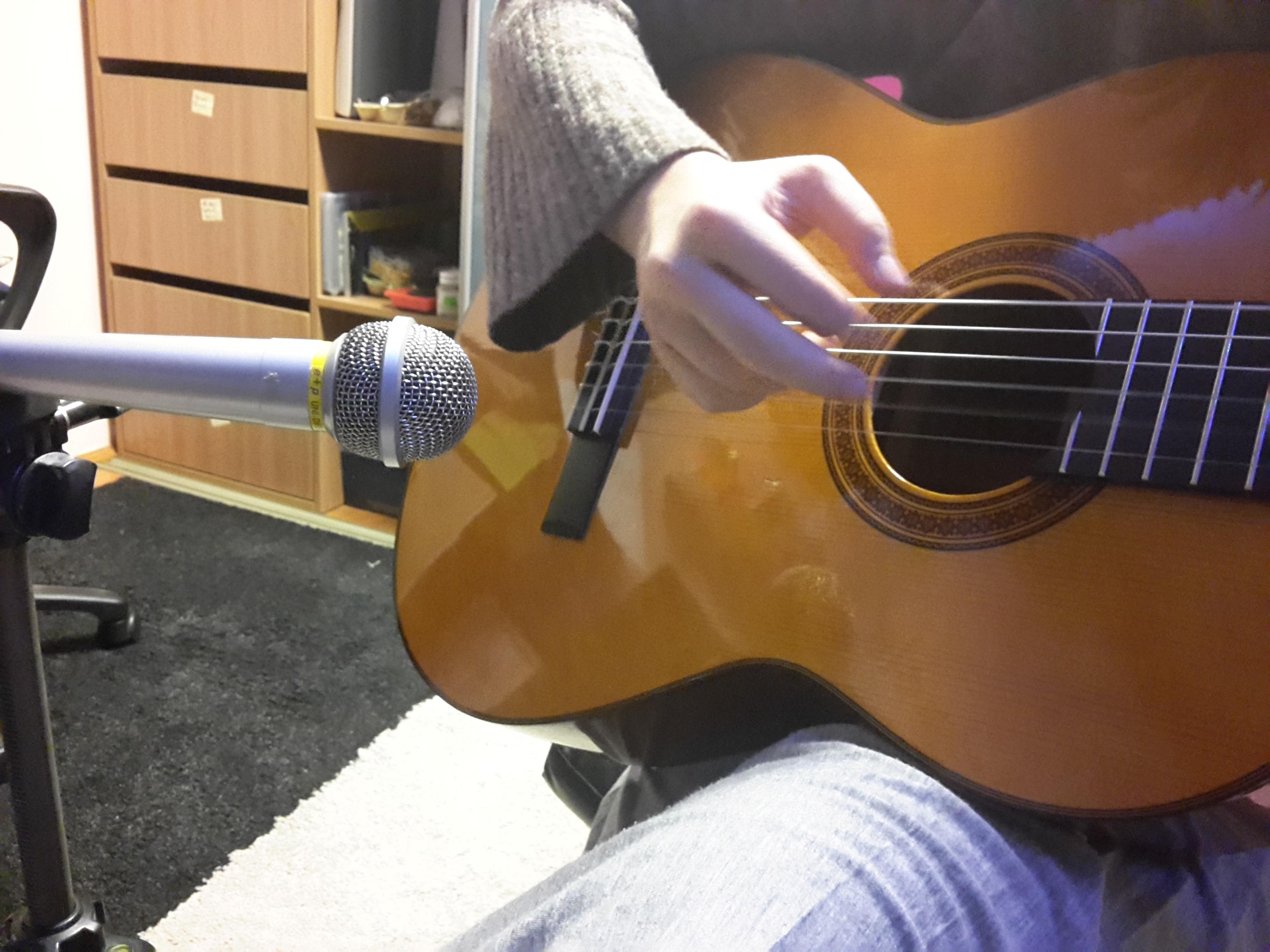Should I Record Vocals In Mono Or Stereo
When Mono is More Appropriate than Stereo. While stereo recording applied in the right situations can improve the quality and interest of your mixes by leaps and bounds, there are some situations when it is simply not appropriate. Certain instruments that you record will sound better in mono almost 100 percent of the time.
Low frequencies are more omnidirectional. If you play a 70 Hz tone (for example) in your left monitor, you will have a lot more trouble feeling like it's coming from the left than if it was a 700 Hz tone.
So bass tends to feel like it's coming from the middle even if it isn't. Engineers embrace this by putting the bass in the middle (in mono).
That way both speakers take on an exactly equal load, which is more efficient and means you can increase headroom in the track. Same goes for all the loud/foundational elements - kick drum, snare drum and lead vocals all go dead center typically.One thing that might turn a mono bass track into a stereo one is reverb. But adding reverb to the bass guitar is just asking for a muddy mix. Even then, the bass track itself would be mono, going into a stereo effects send.I have never in my life seen a stereo bass track. The closest thing I can think of is old 60s recordings where the bass is panned to one side and the drums (and/or other elements) are panned to another to attempt to balance the 'weight' in the track.
But they didn't exactly have a lot of bass in their bass guitars compared to today's recordings and it certainly didn't catch on anyway. Its not just bass that tends to get monoed for as good recording.
Low frequency drums and the low end of synths, keys guitar etc tend to sound better monoed. It makes for a bigger mix when the higher frequencies are widened. You can try a free plugin like Optimum Basslane on a completed mixdown and test your mixing results. Set the width to narrow and the Fq to around 300 and it will mono the lower frequency drums to mono. Railroad tycoon 4 free download. This is especially good then you have bleedover in mics, or get kick in overheads.

It will mono the lows and allow for a wider pan of the high frequencies.It can be found here. Stereo bass is not entirely uncommon in electronic music.
But the 'stereo' effect is usually a short delay on a mono track and the two panned apart.And, if not done right, such a technique can result in problems in the bass including 'disappearing' bass when the mix is played over a mono sound system in a club, over television, etc. Playing tricks with stereo phase also can drive some listeners nuts. In extreme cases, where someone really has pumped a lot of out of phase material from side to side, it can feel like my head is going to implode.)I'm with those who use stereo instruments very sparingly, particularly as the mix gets more complex. Stereo drums, maybe stereo piano. The occasional stereo guitar, perhaps, in a spare mix, maybe a stereo synth pad in electronica.
Should I Record Vocals In Mono Or Stereo Headphones
I'm more likely to use a mono source and then use subtle stereo reverb or echo effects (and that sparingly, for sure, these days). And then there' s the left-right doubled guitar cliche - that is now number one on my list of hackneyed, overused tricks to avoid, whether derived from two discrete tracks or simply tricked into stereo through delays. I'm so sick of that wildly overused cliche. Playing tricks with stereo phase also can drive some listeners nuts.I was watching movie trailers in iTunes the other day and noticed what sounded like effects, music and vocals (not everything, just the bits they wanted to jump out) completely out of phase from right to left. It gives that strange feeling that your head is being pulled one way or the other (that's how it feels to me anyway). You lean into one speaker and the sound disappears in the other.
I got a kick out of it but if I had to deal with this for more than 30 seconds I wouldn't be happy. Here's an applicable quote from Andy Wallace in a Mix Magazine interview:To get back to the recall of your work on the Seventeen Days album, I was fascinated to see how you constructed your delay reverb. You pan your delay on the vocal slightly off to one side and then make up the difference on the other side with reverb return.
Then you crack the pan on the vocal just off detent to open up the middle of the record.Yeah. I do a lot of little things like that where I don't put things down the middle. Just moving them a little bit sometimes seems to open the mix up, which is one of the reasons I like to use the symphonic effect. Not so much as. If you listen to the bass in electronic music (take Justice or Digitalism for example), it's very obviously stereo.

It might sound like utter. in mono-I've never tried, and I bet 99% of listeners are hearing it in the car or on earbuds anyway.Two processing options that I hear a lot of: the vinyl distortion in Ableton Live does this ultra-wide 'hole in the middle' effect when you push it. I suspect a lot of electronic musicians use that. MS processing is also becoming more commonplace.